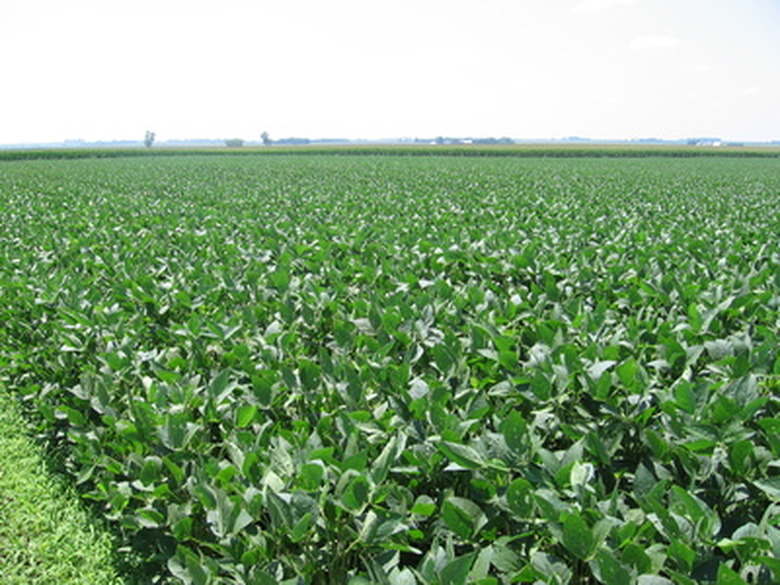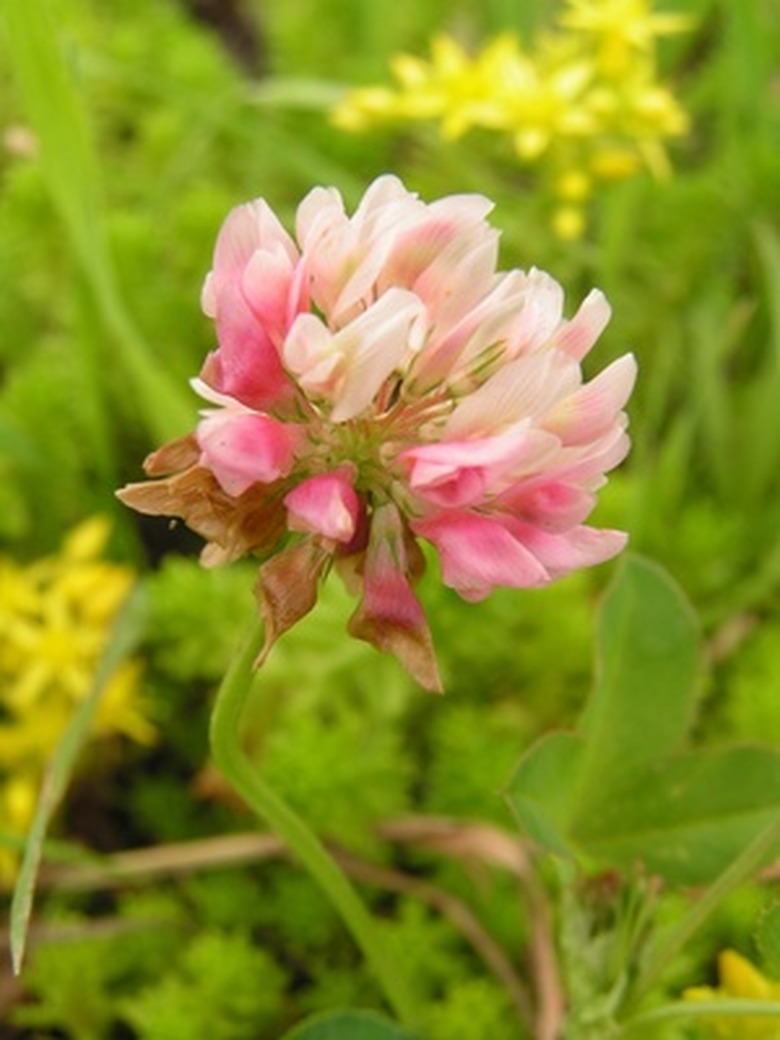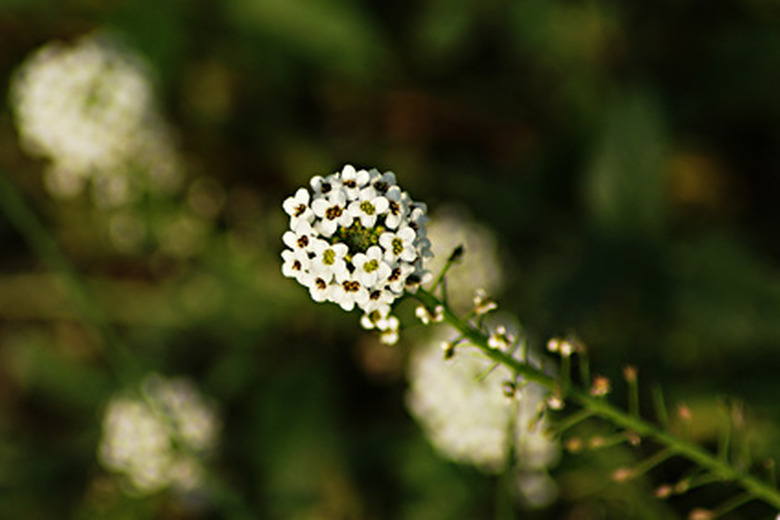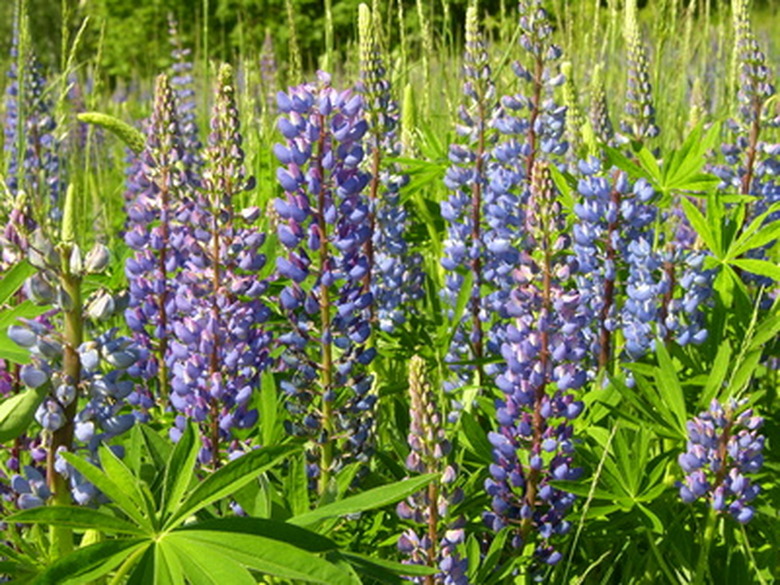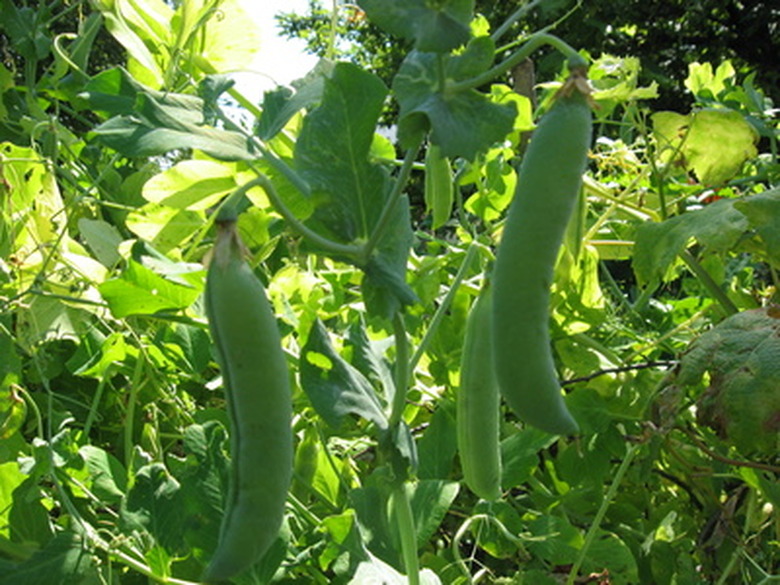Plants In The Pea Family
The pea family (Leguminosae or Fabaceae) is known for fixing nitrogen. Crops are rotated with legumes to restore nitrogen to the soil. Some members of the pea family are toxic while others are edible. Edible plants include peanuts (Arachis hypogea), garbanzo beans (Cicer arietinim), soybeans (Glycine max), lentils (Lens culinaris), beans (Phaseolus), peas (Pisum sativum), licorice (Glycyrrhiza) and jicama. Animal foods include alfalfa, sweet clover, clover, vetch and lupines. Some types of wood come from the pea family such as Rosewood (Dalbergia), Mesquite (Prospis) and Robinia (Locust).
Clovers
Clovers are members of the pea family. Species include trifolium, dalea and melilotus. Flower colors include white, pink, yellow and purple. Plant types include herbs and forbs. Some forms of clover are weeds. Other forms of clover, like red clover, are used for medicinal purposes to relieve inflammation.
- The pea family (Leguminosae or Fabaceae) is known for fixing nitrogen.
- Other forms of clover, like red clover, are used for medicinal purposes to relieve inflammation.
Milkvetch
Milkvetch, or Astragalus, plants include forbs and herbs. The flowers are yellow, purple or white. Milkvetch plants are not considered weeds. Milkvetch is used in Chinese medicine. The roots are used in soups and teas and combined with other herbs like ginseng and licorice.
Lupines
Lupines are herbs or shrubs. Lupines include species with yellow, pink, blue or white flowers. Plants with blue flowers are known as bluebonnets. Species include corniculatus or caudatus. Some species are poisonous to livestock. Lupine usually grows at the edges of and in the woods.
- Milkvetch, or Astragalus, plants include forbs and herbs.
Peavines
Lathyrus or Peavines are the only members of the pea family that are vines. These plants have common names such as sweet pea, everlasting pea, few-flowered peavine and bushy peavine. Sweet peas are frequently grown by gardeners and produce peas in pods. Flowers are pink, purple or white. The seeds of this plant are toxic in large quantities.
Plants Of The Pea Family With Showy Flowers
The pea family contains some very large plants reaching tree-like proportions. In USDA zones 7 through 10, this redbud tree reaches up to 16 feet tall and wide, attracting butterflies and birds to the yard. Shrubs are usually smaller than trees, but some can reach tree height. African scurf pea (Psoralea pinnata), in USDA plant hardiness zones 9 through 11, produce green feathery leaves with lavender-violet and white flowers covering the bush in late spring. The purplish-pink butterfly-shaped blossoms last from spring through summer. This summer bloomer is available in white, pink or purple in USDA plant hardiness zones 4 through 9.
- Lathyrus or Peavines are the only members of the pea family that are vines.
- In USDA zones 7 through 10, this redbud tree reaches up to 16 feet tall and wide, attracting butterflies and birds to the yard.
References
- University of Nevada: Fabaceae (Leguminosae) Legume or Pea Family
- National Institutes of Health: Astragalus
- Monrovia: Purple Orchid Tree
- Fine Gardening Plant Guide: Psoralea Pinnata (African Scurf Pea, Blue Pea)
- Monrovia: Petite Butterflies Sweet Pea Shrub
- Monrovia: Blue False Indigo
- Floridata: Coronilla varia
- Missouri Botanical Garden: Lathyrus Odoratus
- Fine Gardening Plant Guide: Lathyrus Tingitanus (Tangier Pea)
